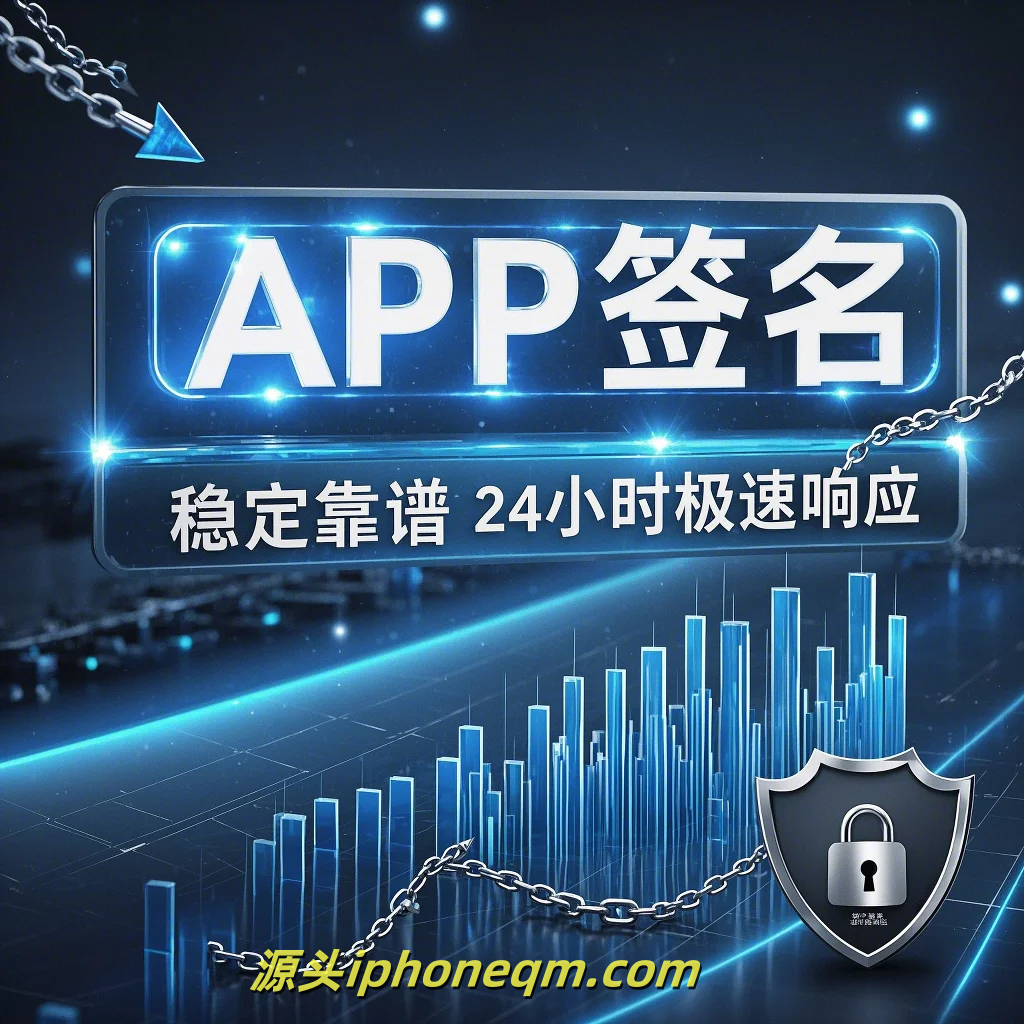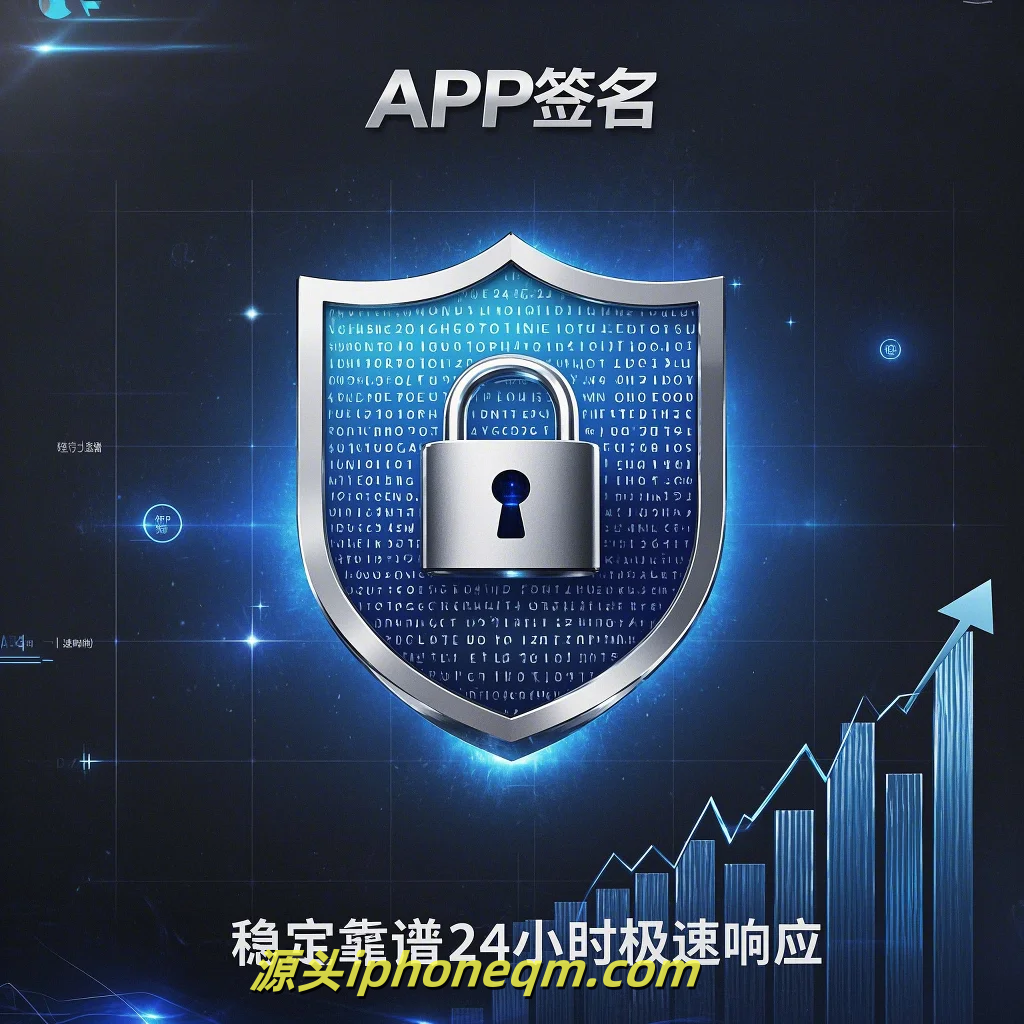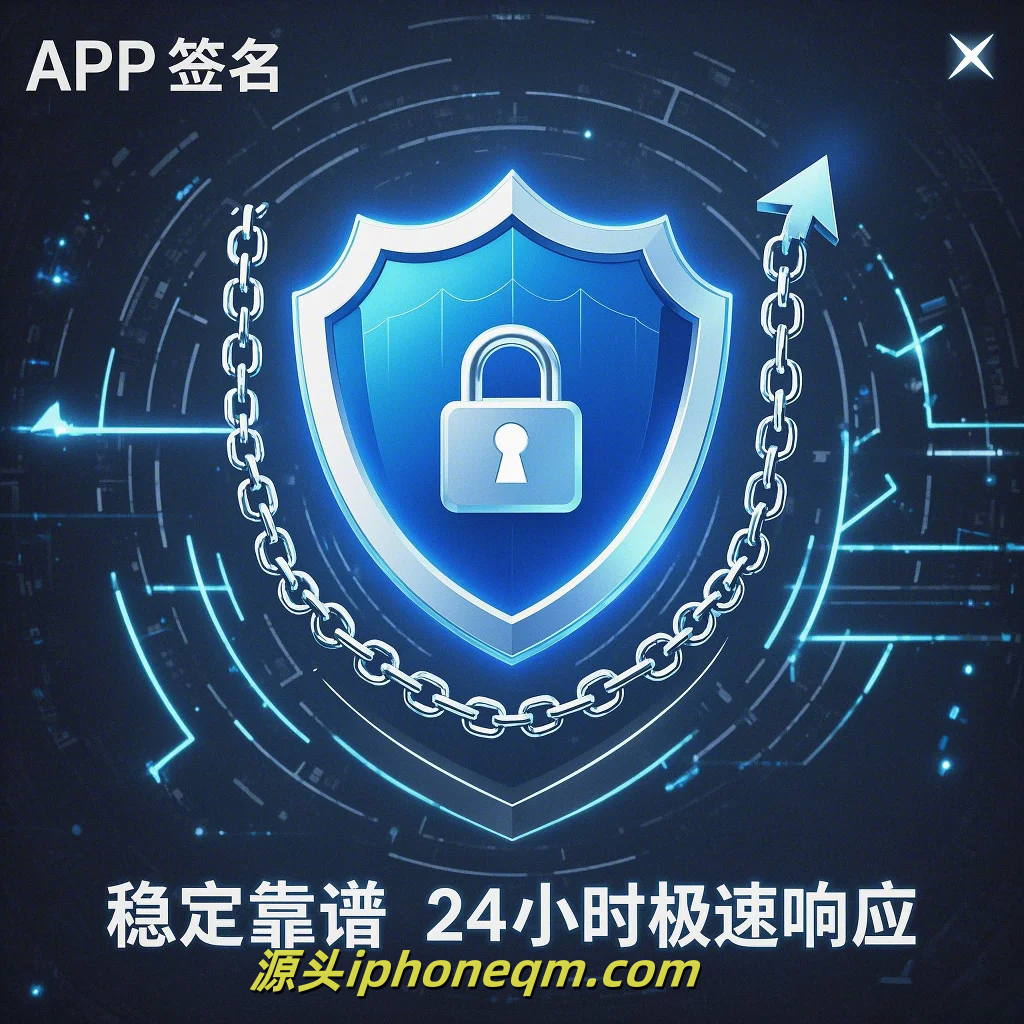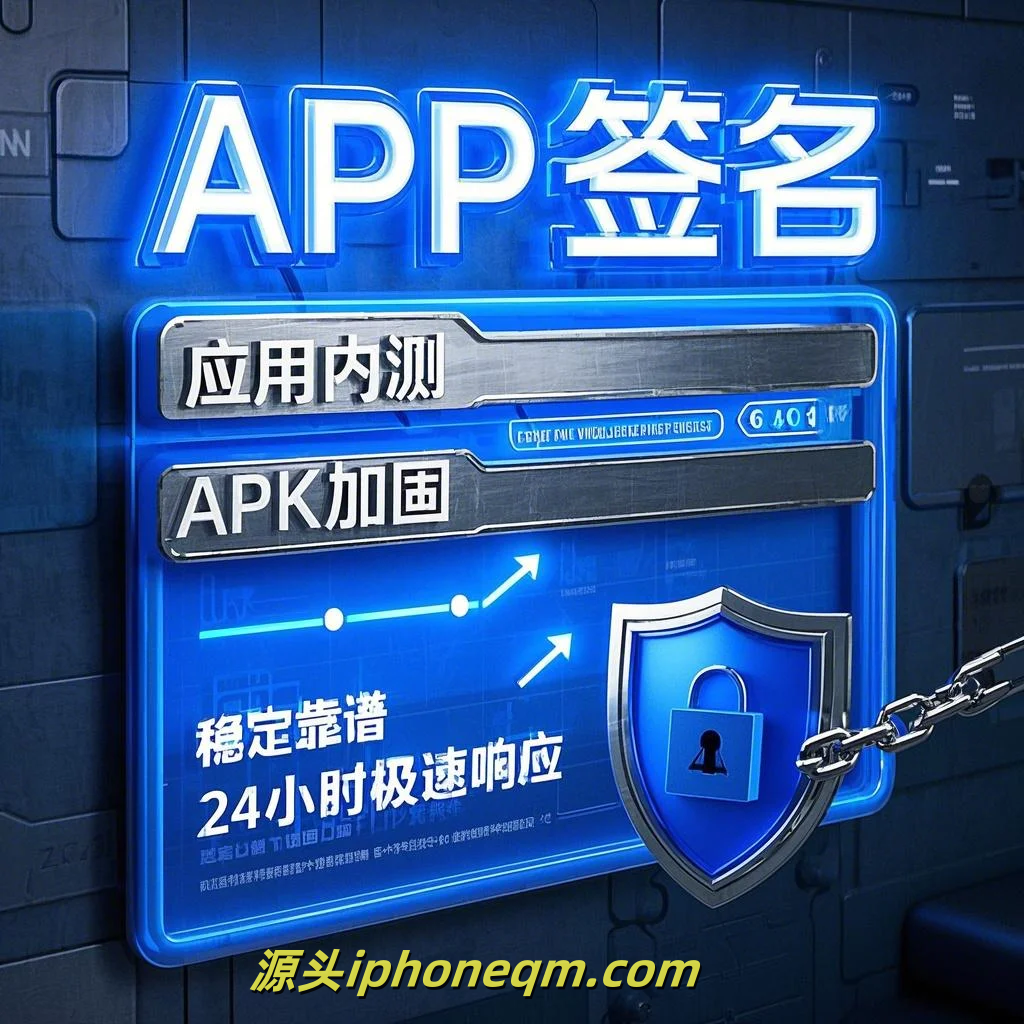Key Strategies for Managing Apple Signing Certificates
In the rapidly evolving landscape of app development, managing Apple signing certificates is crucial for developers. These certificates authenticate your apps and ensure they can be trusted by users. As more developers venture into the iOS ecosystem, understanding the best strategies for managing these certificates is essential. Let’s explore key strategies that can streamline the process and enhance security.
First and foremost, always maintain an organized structure for your certificates. Create a dedicated folder on your system specifically for Apple certificates. Regularly archive old certificates and keep only the active ones easily accessible. This practice minimizes confusion and helps you quickly find the certificate you need, especially when working on multiple projects.

Next, leverage automation tools where possible. Manual management of signing certificates can be tedious and prone to errors. Tools like Fastlane can significantly simplify this process. Fastlane automates tasks such as generating certificates and provisioning profiles, thus reducing manual overhead. By integrating automation into your workflow, you decrease the chances of forgetting to renew a certificate or misconfiguring a profile.
Another critical strategy is to regularly review and renew your certificates. Apple signing certificates have a validity period, typically one year. Set a reminder a month before expiration to initiate the renewal process. This proactive approach prevents disruption in app updates or new releases. Additionally, expired certificates can cause significant delays and frustrate users, so staying ahead of renewals is vital.
Collaboration with team members also plays a significant role in certificate management. Use a version control system like Git to keep track of your certificates. By adding them to your repository, team members can access the necessary files without duplicating efforts. However, ensure sensitive certificates are kept secure; using environment variables or encrypted secrets can provide added safety.
Security is a paramount concern when handling signing certificates. Always keep your certificates in a secure location, ideally encrypted. If you’re using cloud services for storage, make sure they comply with best security practices. It’s also wise to implement two-factor authentication (2FA) on your Apple Developer account to prevent unauthorized access.
As part of your strategy, consider using App Store Connect’s capabilities efficiently. When uploading your apps, ensure that you are using the correct signing identities and profiles. Familiarize yourself with the differences between development and distribution profiles. Ensuring that the right profiles are in use can save you from common pitfalls that lead to build failures or rejections from the App Store.
Lastly, documentation cannot be overlooked. Maintain thorough records of your certificate management process. Create guidelines not just for yourself, but for future team members. This documentation should include steps for generating and renewing certificates, details about each certificate, and instructions for integrating them into your projects. Comprehensive documentation creates a reliable resource that enhances consistency.
In conclusion, managing Apple signing certificates is an ongoing process that requires organization, automation, regular review, collaboration, security, efficiency in using App Store Connect, and comprehensive documentation. By implementing these strategies, developers will not only enhance their workflow but also ensure a smoother and more secure app deployment process. The importance of these practices cannot be overstated, as they play a vital role in maintaining your app’s integrity and user trust in the competitive app marketplace. Adopting a proactive approach will pave the way for a successful development journey.
扫描二维码推送至手机访问。
版权声明:本文由MDM苹果签名,IPA签名,苹果企业签名,苹果超级签,ios企业签名,iphoneqm.com发布,如需转载请注明出处。












